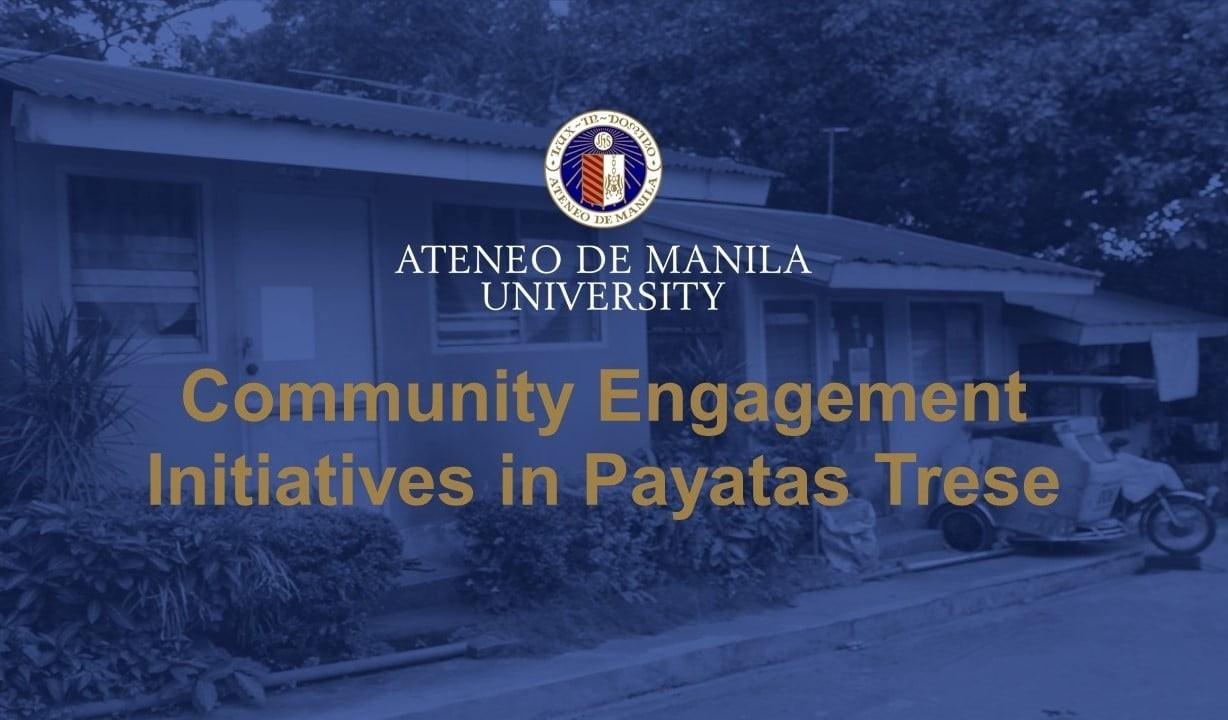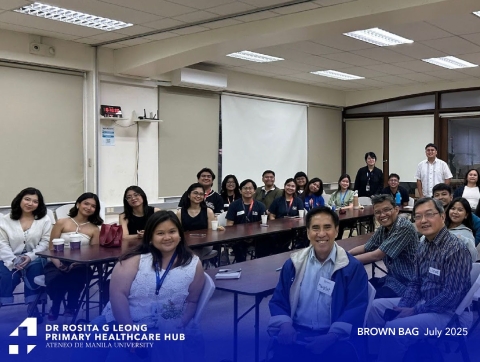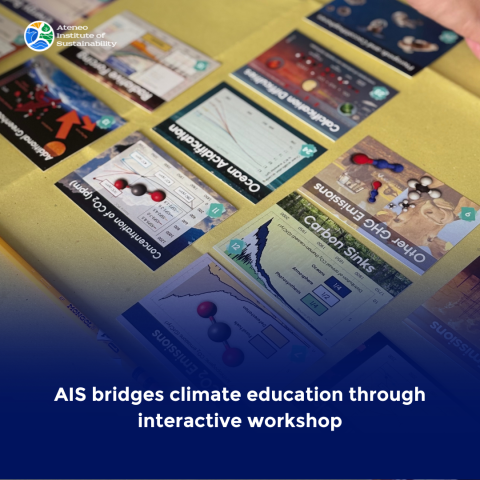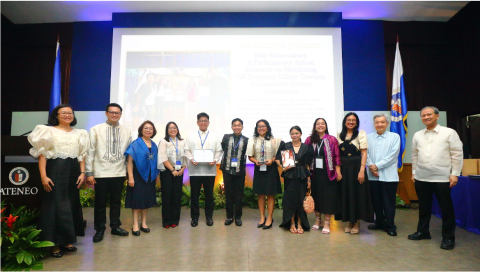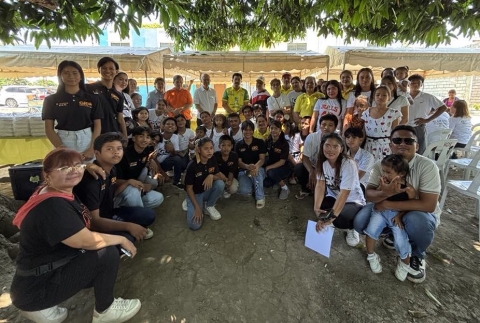Ateneo de Manila University community engagement initiatives in Payatas Trese
06 Mar 2025
We invite everyone to view the following compilation of articles to learn more about the Ateneo de Manila University’s Community Engagement Initiatives in Payatas Trese.
Community engagement is core to the vision and mission of Ateneo de Manila University in the form of formation and direct service and we go out of our way to find intersections between these two. Our engagement in Payatas Trese is a good example of the kind of community engagement we do at the university.
The primary Ateneo unit that channels all university efforts to this community is Gawad Kalinga Ateneo. They have been with the community since 2003. This is the site of the first university-wide mobilization for Gawad Kalinga fundraising and for volunteer house builders. They helped raise resources to build 150 houses and they assist the local Gawad Kalinga community called the Kapitbahayan led by Kuya Boyet Cabubas. Today, the community has grown to 194 houses, with GKA facilitating programs in health, education, formation, and livelihood to foster holistic development. The leaders serve as the hub for the sustainability of these programs, highlighting the importance of leadership formation programs. Beyond this community, GKA extends its assistance to nine other communities in Quezon City and Nueva Ecija.
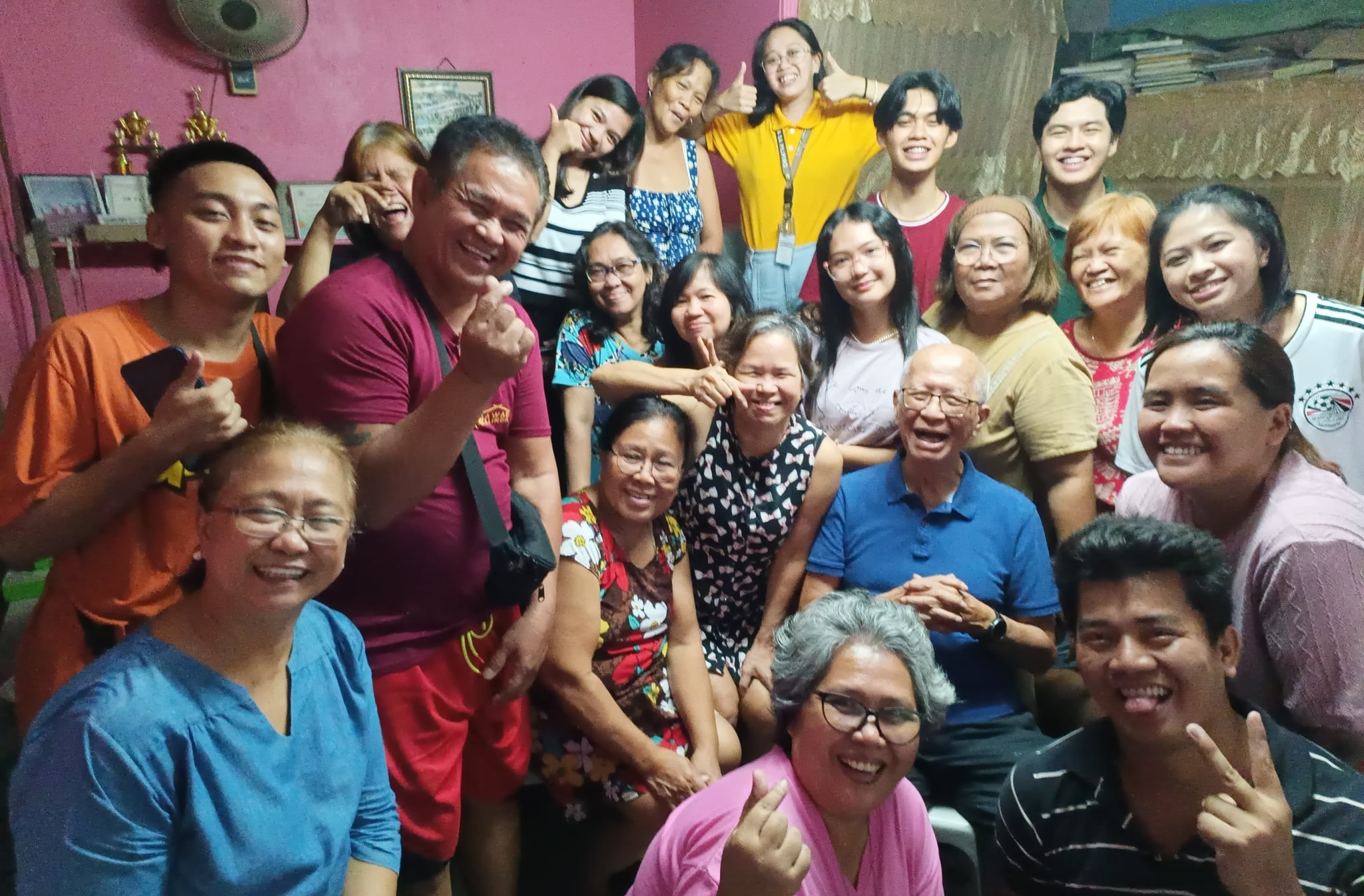
Other Ateneo units also pitch in to help the community. The Ateneo School of Medicine and Public Health sends its students to this area to do community health rotations. They provide basic health services such as medical check-ups, prenatal care, immunization and counseling. They also conduct home visits for patients unable to go to the health hub and mobilize the community for public health activities.The Medical School is also involved in other Ateneo GK Communities such as GK Cox and previously, at GK Molave, all situated in Barangay Payatas. The Medical School has other community partners apart from Gawad Kalinga communities for its Learning Experiences in the Community (LEC). The students conduct regular patient satisfaction surveys and periodic consultation with the community as part of the evaluation of the programs initiated.
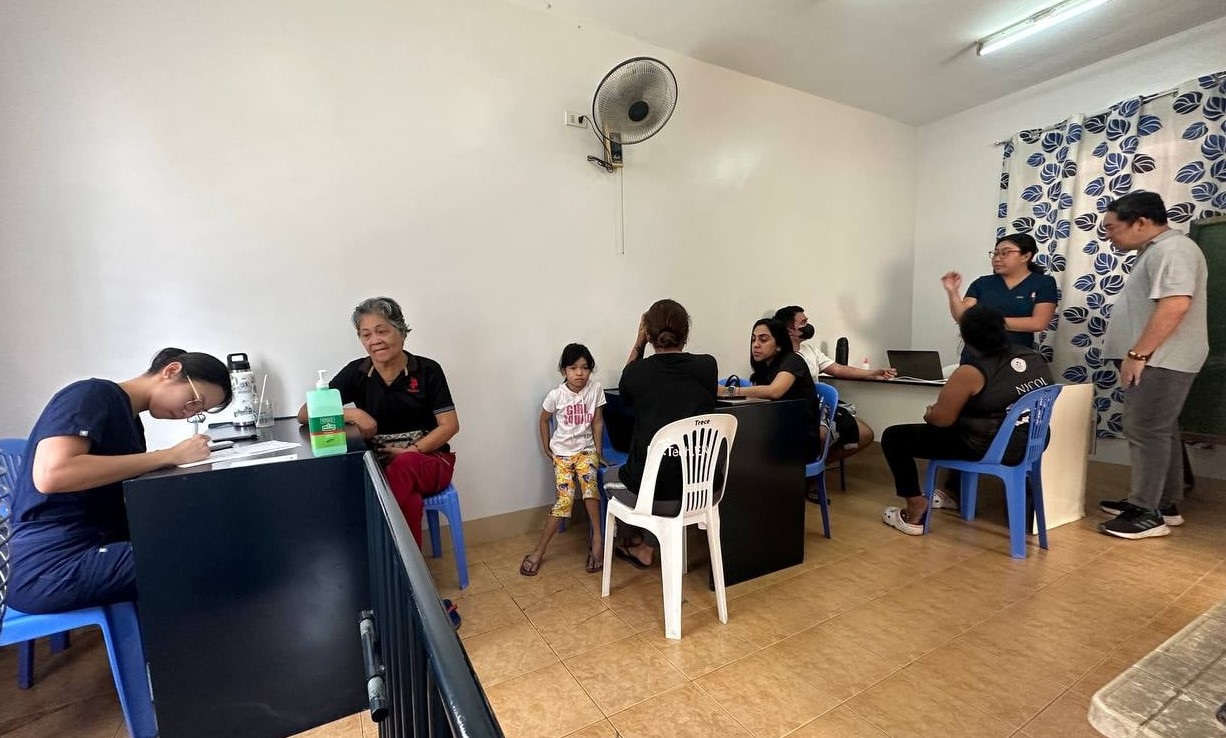
The Office for Social Concern and Involvement also sends undergraduate students from various courses to Payatas Trese for various activities including kwentuhan sessions, immersions, and service-learning activities. OSCI also sends undergraduate students to other GK Ateneo areas including GK Cox, GK Molave, GK PWD Village among others, but like ASMPH, they also have around 120 other community partners apart from Gawad Kalinga communities. OSCI regularly conducts student evaluations of their engagements and the impact of service learning on communities like Payatas Trese have been assessed.
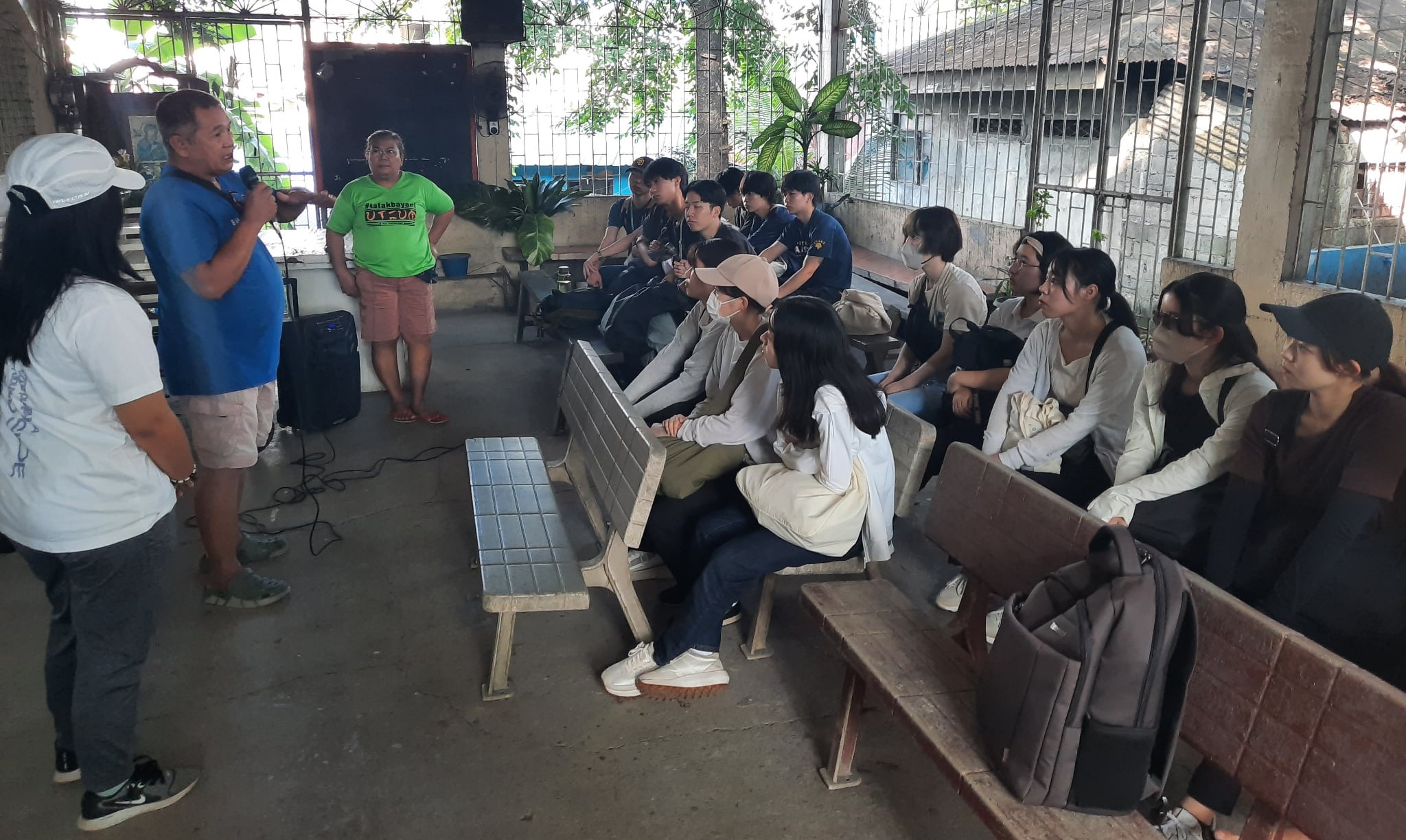
Another Ateneo unit involved in Payatas Trese is the Ateneo Center for Educational Development. The Food Augmentation Program also known as the Food Packs Program provides food packs consisting of vegetables, root crops and fruits to the selected undernourished and indigent children who go to the Raymundo Punongbayan Elementary School. ACED sources their donations from the money raised by Ateneo Grade School students and their families under its Bigay Puso Program. Every year, the program beneficiaries of the Raymundo Punongbayan Elementary School visit the Ateneo Grade School to interact with the students from the Ateneo Grade School. This food packs program is also conducted by ACED in 17 other schools in Quezon City, Marikina City and in the Municipality of Cainta. A study has been done showing the positive impact of the program and activity.
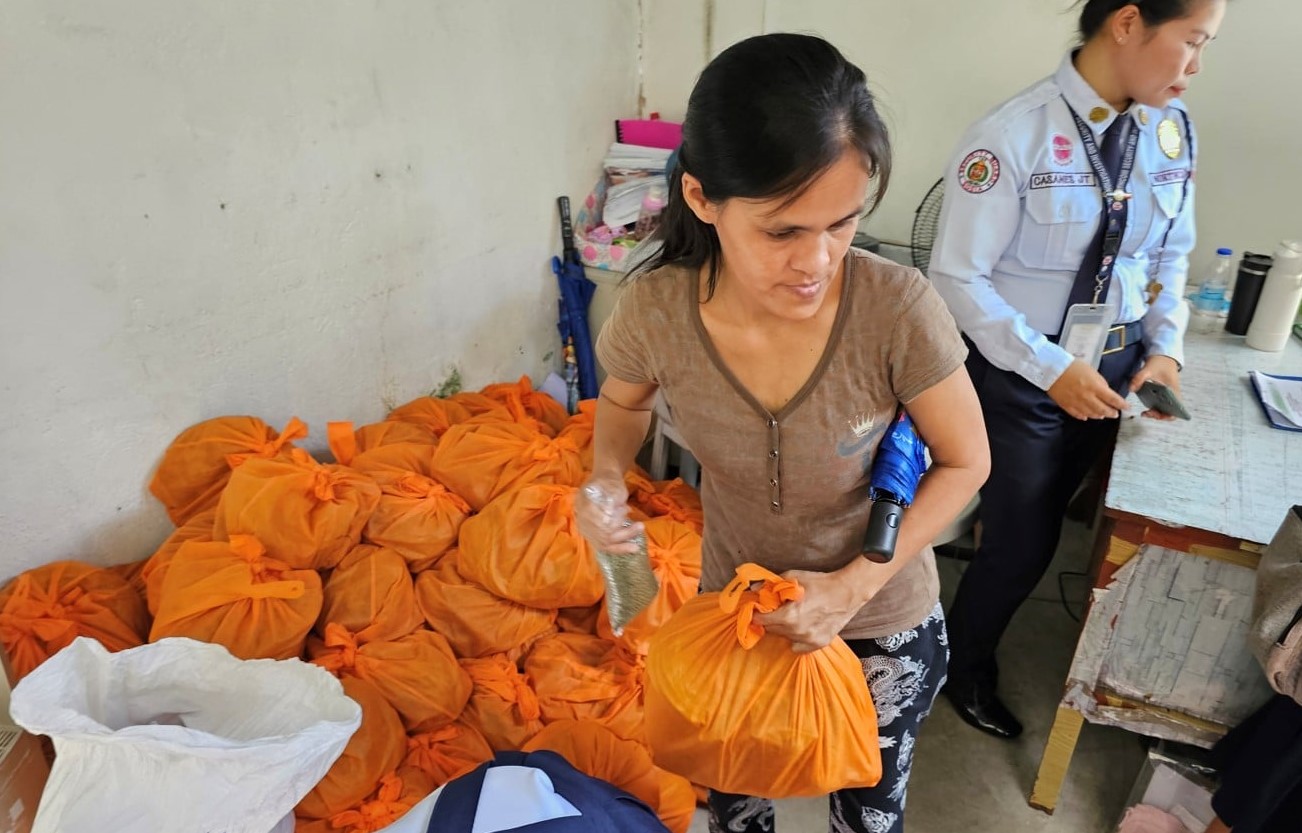
The involvement of ASMPH, OSCI, and the Ateneo Grade School shows that Ateneo’s community engagement with Payatas Trese is not just for direct service but is also our way of forming our students to be persons for and with others. In this way, direct service and formation are not distinct activities but are interwoven.
We also actively engage community leaders like the Kapitbahayan, health volunteers, the school principal and school teachers in our work. Indeed they are an integral part of our efforts and we regard them as partners in service and co-formators of our students.







